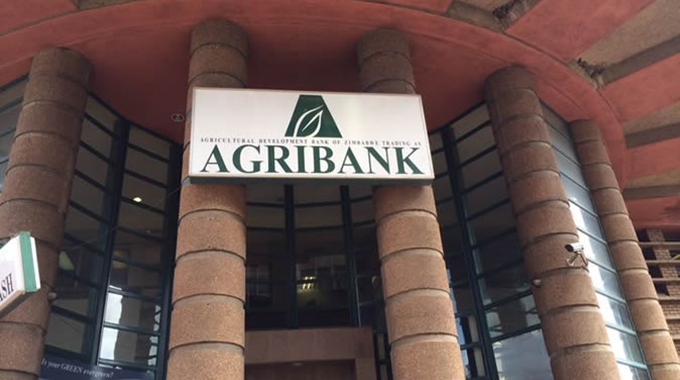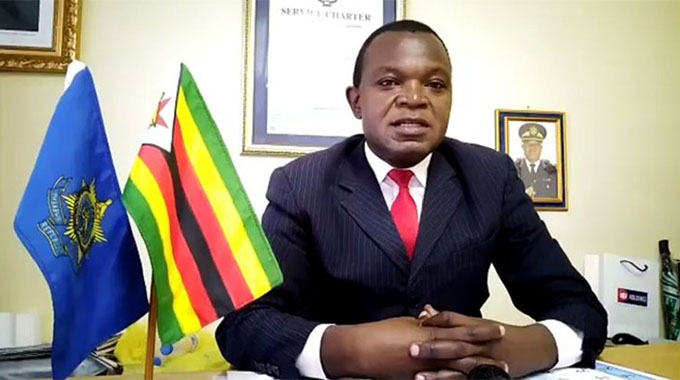Agribank posts $13m profit

Africa Moyo and Michael Tome
Agribank has recorded a 63 percent jump in profit after tax to RTGS$12,9 million for the year to December 31, 2018 spurred by growth in non-interest income and interest income.
The State-owned firm, which has been enjoying a purple patch in the last few years after management came up with robust turnaround strategies, saw its interest income rising by 21,2 percent to close the year at RTGS$37,1 million after ramping up loans and advances to farmers.
Agribank CEO Sam Malaba told journalists in Harare yesterday that interest grew on the back of gross loans and advances that spiked to RTGS$147,2 million last year, representing a 53,4 percent surge, compared to the comparable period.
“The bank recorded 63 percent growth in profit after tax of RTGS$12,9 million for the year 2018 compared to RTGS$7,9 million in 2017,” said Mr Malaba.
“The profit for the year was mainly driven by growth in non-interest income as well as interest income, against the background of marked growth in the loan book during the year.”
Non-interest income grew by 35 percent to RTGS$16,4 million compared to the prior year owing to increased transactions from electronic banking and ICT delivery channels, making up 75 percent of non-interest income.
For the year 2018, Agribank raked RTGS$12,3 million from electronic channels and POS machines, which was 75 percent of total non-interest income.
Mr Malaba said commission income from electronic channels and POS machines also shot up by 78 percent from the prior year.
“This remains a growth and the strategy is on enhancing non-funded e-channels related income,” said Mr Malaba.
Last year, income interest and non-interest income contributed 31 percent and
69 percent, respectively, to income generation.
Agribank also improved the non-performing loans (NPL) ratio to 8,75 percent last year from 13,48 percent in December 2017 because of sustained debt recovery initiatives and more prudent lending methods.
At 8,75 percent, Agribank’s NPL ratio was better than the industry average of 9,35 percent in the same period.
Meanwhile, the impairment charge
went up by 72 percent to about RTGS$4,4 million last year, mainly due to the implementation of the international financial reporting standards (IFRS) 9 impairment model, which became effective from January 1, 2019.
Mr Malaba said IFRS 9 requires an expected credit loss model that would be used in calculating the anticipated loss figures to be used for measurement purposes in the preparation of financial statements unlike the previous IAS39, which considered incurred losses, hence the higher impairments.
Agribank’s total operating expenses grew by 17 percent to RTGS$27,9 million for the year up to December 2018 from RTGS$23,8 million in the same period in 2017.
The rise in operating expenses was attributed to business growth initiatives undertaken during the year.








Comments